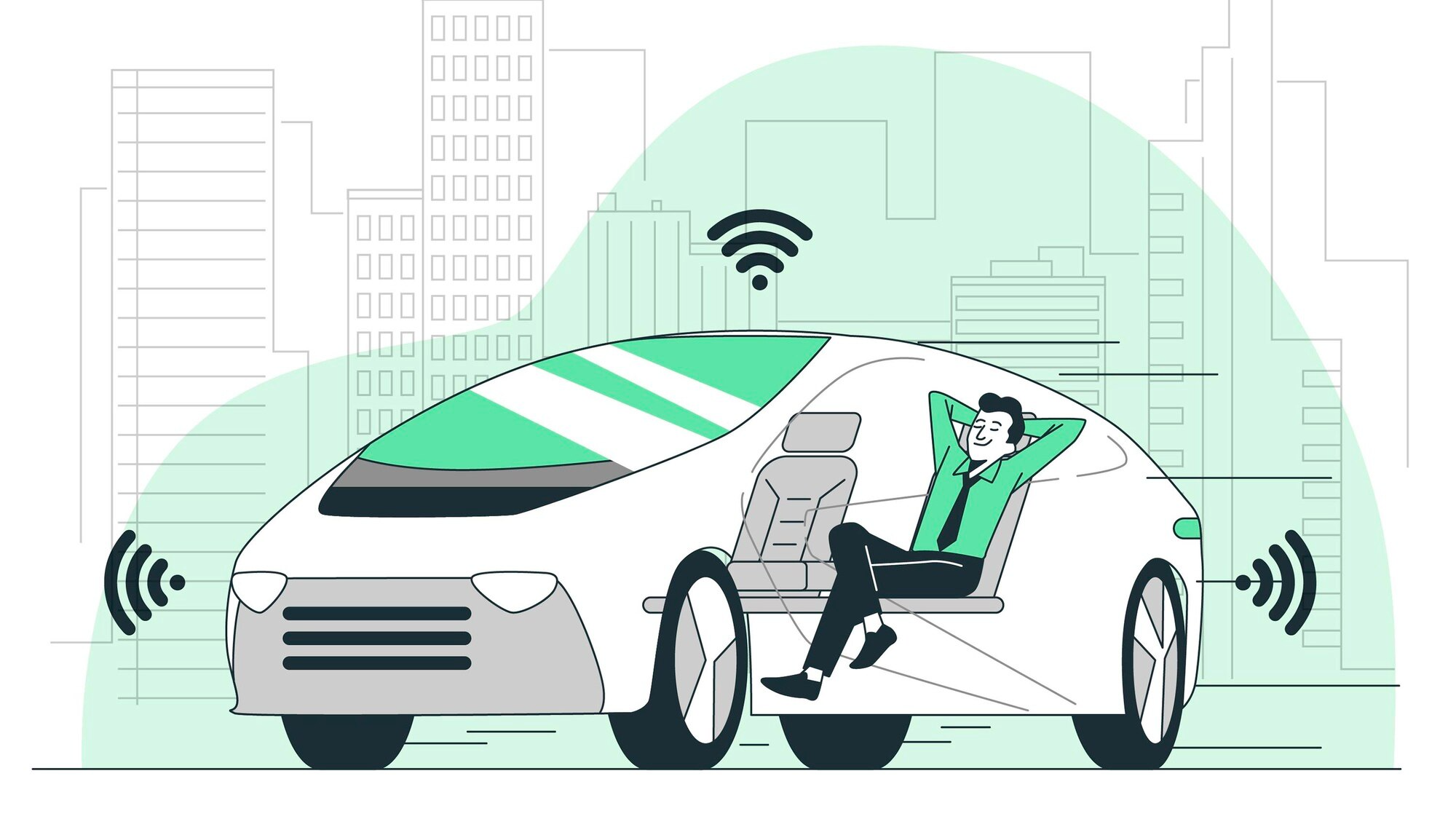Agentic AI Explained: Core Functions in 1 Minute

Abstract: Agentic AI ushers in a significant AI leap. Its shift from passivity to activity unlocks vast industry potential. With features like environmental perception and self - learning, it powers diverse applications. As tech advances, it'll be more embedded in daily life, enhancing efficiency.
However, we must grapple with ethics and control. How can we ensure AI acts ethically? Who's accountable for its decisions? Answering these is key for its beneficial growth.
Simply put, Agentic AI is an artificial intelligence system capable of making autonomous decisions and completing tasks. Unlike Generative AI that requires constant human guidance, it can think and act independently.
Agentic AI vs. Generative AI
Imagine a regular AI as an instruction-following assistant, while Agentic AI behaves like an independent-thinking partner. It not only understands human needs but also proactively plans and executes actions to achieve goals. This capability stems from its simulation of "agency"—the human ability to think, judge, and act independently.
Unlike generative AI, which reacts passively to commands, Agentic AI actively strategizes to optimize task completion—similar to how a competent assistant anticipates your needs before you voice them.
Core Features of Agentic AI
Environmental Perception
Like humans using five senses, Agentic AI collects and interprets real-time environmental data through sensors (e.g., cameras, microphones). For example, during a voice conversation, it can detect interruptions and adjust responses in real time.
Goal-Oriented Behavior
Its actions are never random—every decision aligns with predefined objectives, whether navigating a self-driving car or managing a financial portfolio.
Self-Learning Capability
Unlike generative AI that requires manual corrections, Agentic AI improves through trial and error. Failed attempts refine its strategies, while successes reinforce effective behaviors.
Autonomous Decision-Making
The defining trait: It weighs pros and cons without human input, choosing the best course of action from complex options.
Real-World Applications of Agentic AI
Autonomous Vehicles
Equipped with sensors, self-driving cars map road conditions, predict pedestrian movements, and adjust routes in milliseconds. For instance, if a sudden obstacle appears, the system aborts the current plan and executes emergency braking—all independently.
Intelligent Customer Service
Modern chatbots don’t just recite scripts. They remember conversation histories, analyze user intent, and provide personalized solutions—even resolving issues across multiple interactions.
Smart Home Robots
Devices like robotic vacuums create room maps, avoid new obstacles (e.g., recently placed furniture), and self-dock for charging—adapting to dynamic environments without human intervention.
Algorithmic Trading Systems
These act as 24/7 financial analysts, monitoring market trends, calculating risk-reward ratios, and executing trades at optimal moments—all while adjusting strategies in response to news or volatility.
Conclusion
Agentic AI ushers in a significant AI leap. Its shift from passivity to activity unlocks vast industry potential. With features like environmental perception and self - learning, it powers diverse applications. As tech advances, it'll be more embedded in daily life, enhancing efficiency.
However, we must grapple with ethics and control. How can we ensure AI acts ethically? Who's accountable for its decisions? Answering these is key for its beneficial growth.


Comments